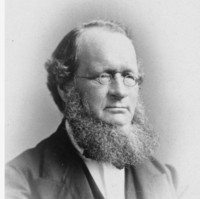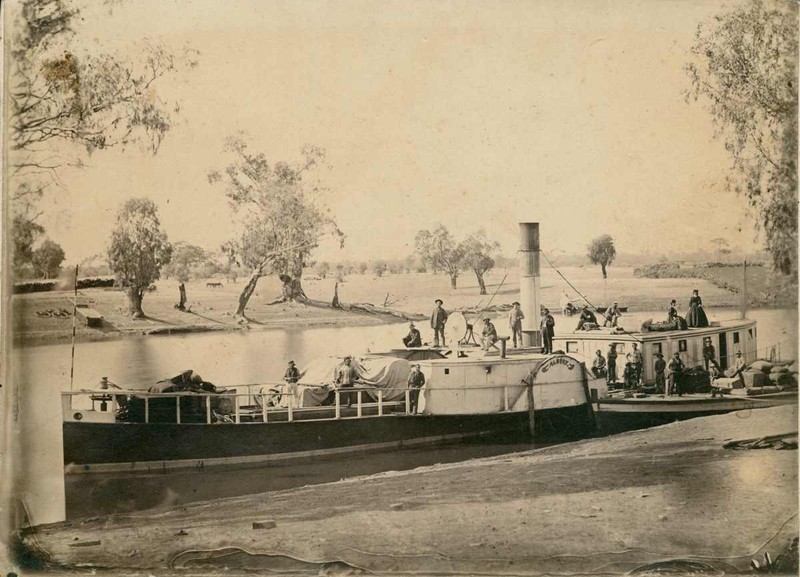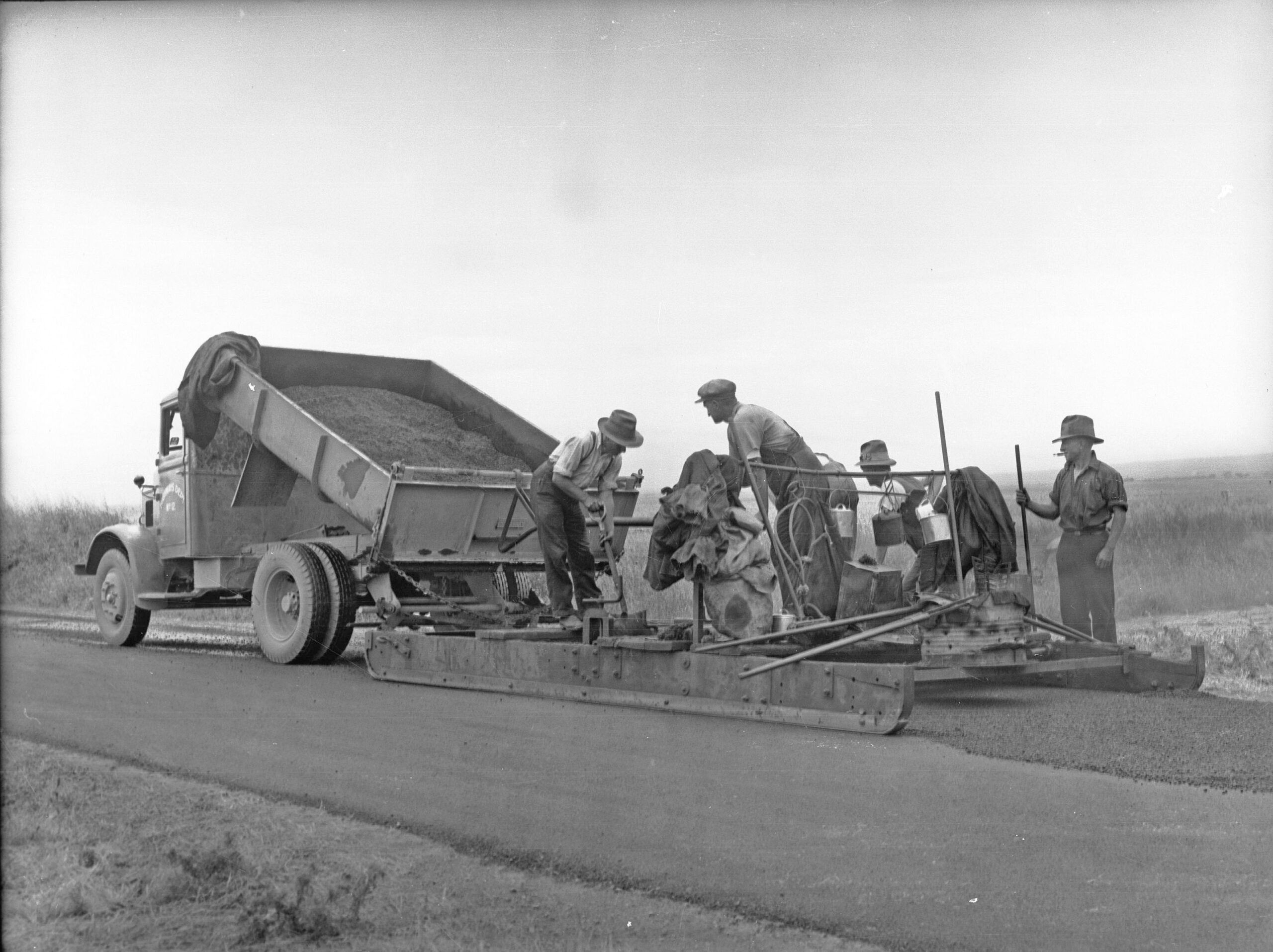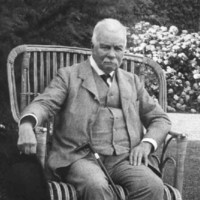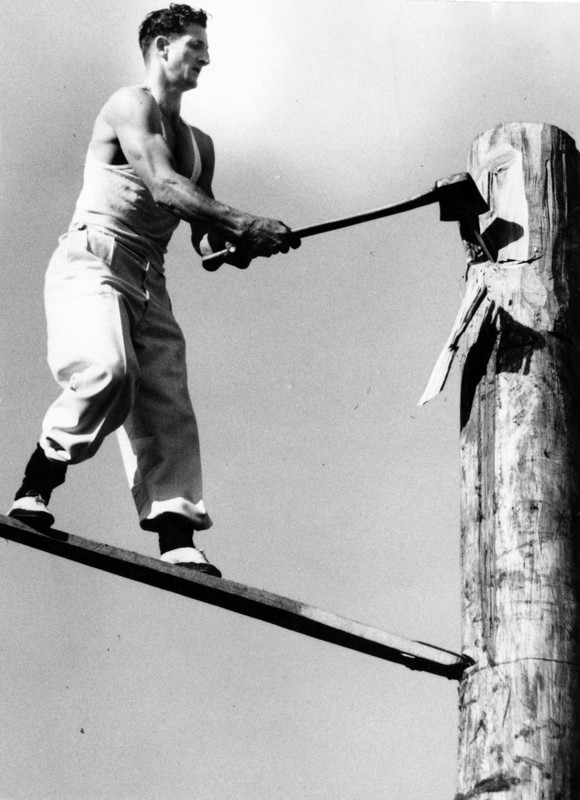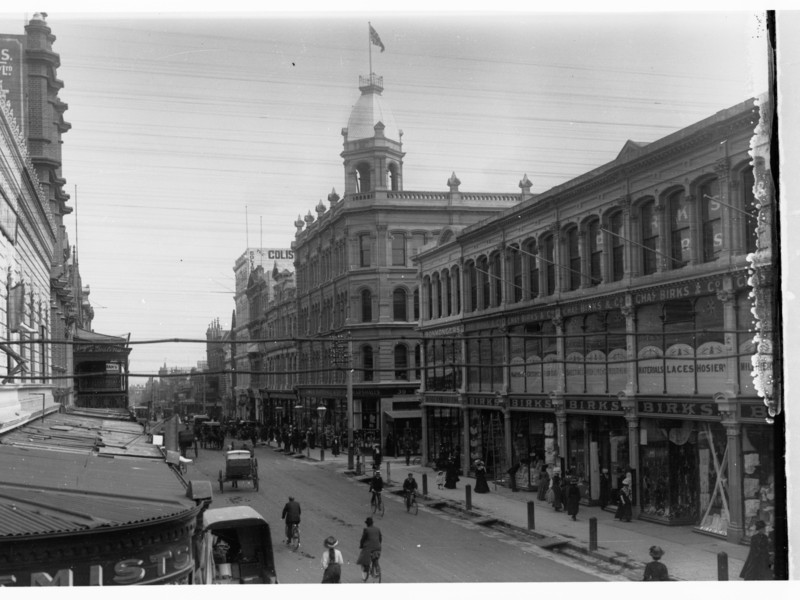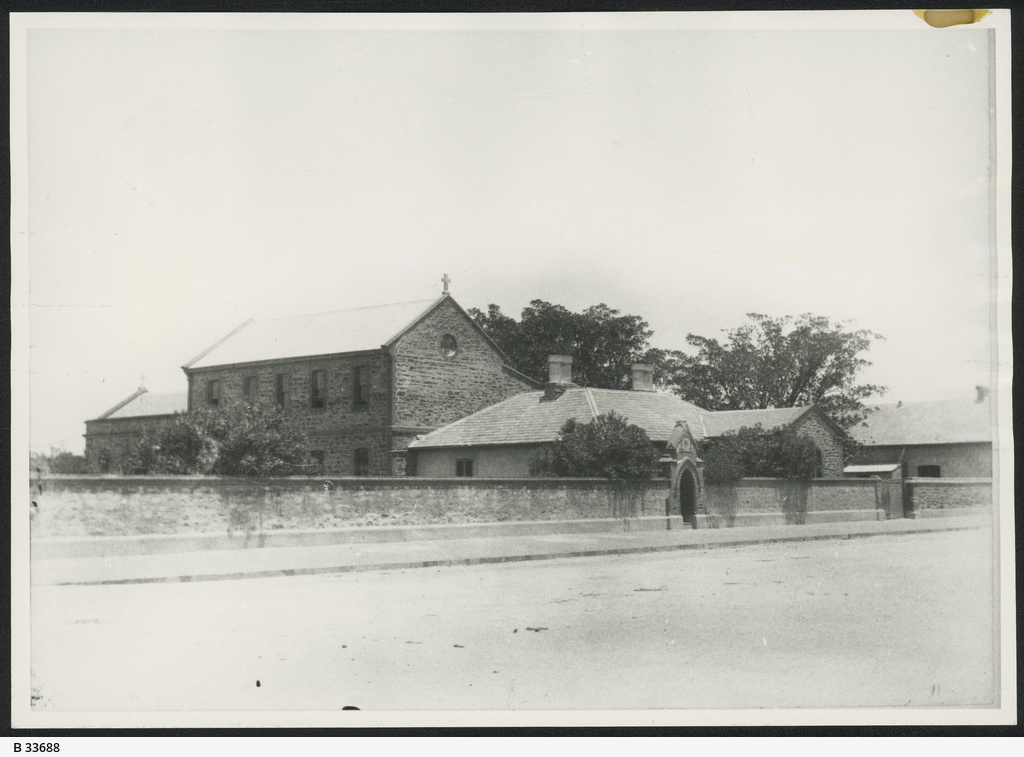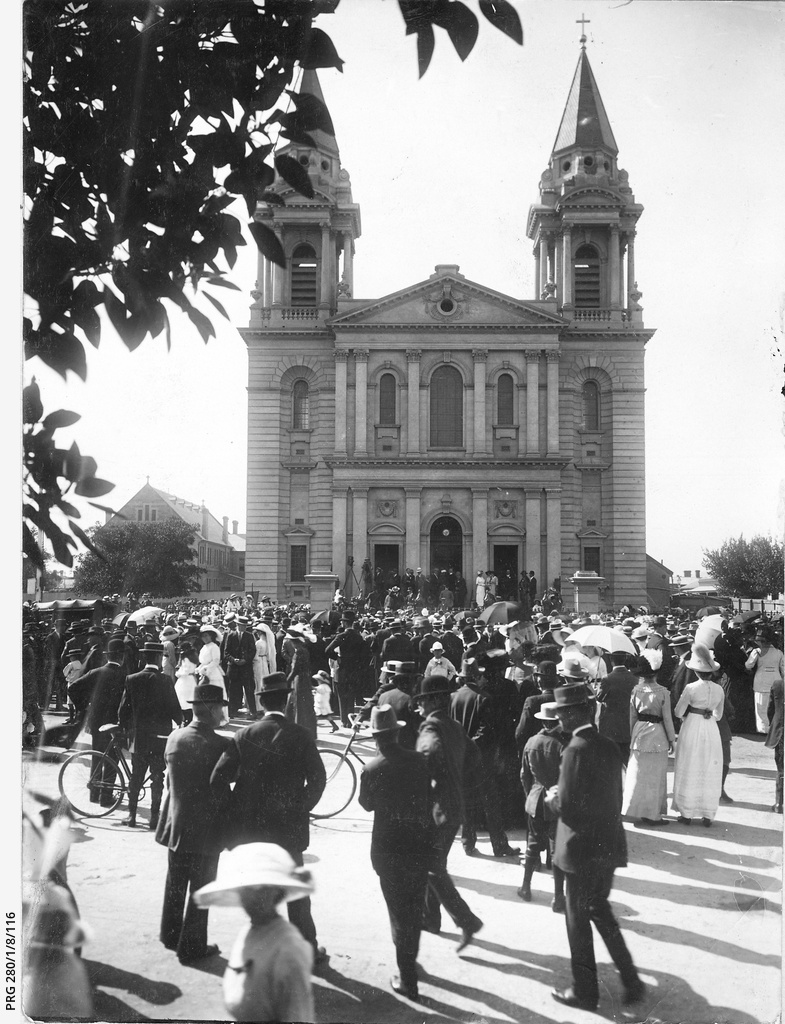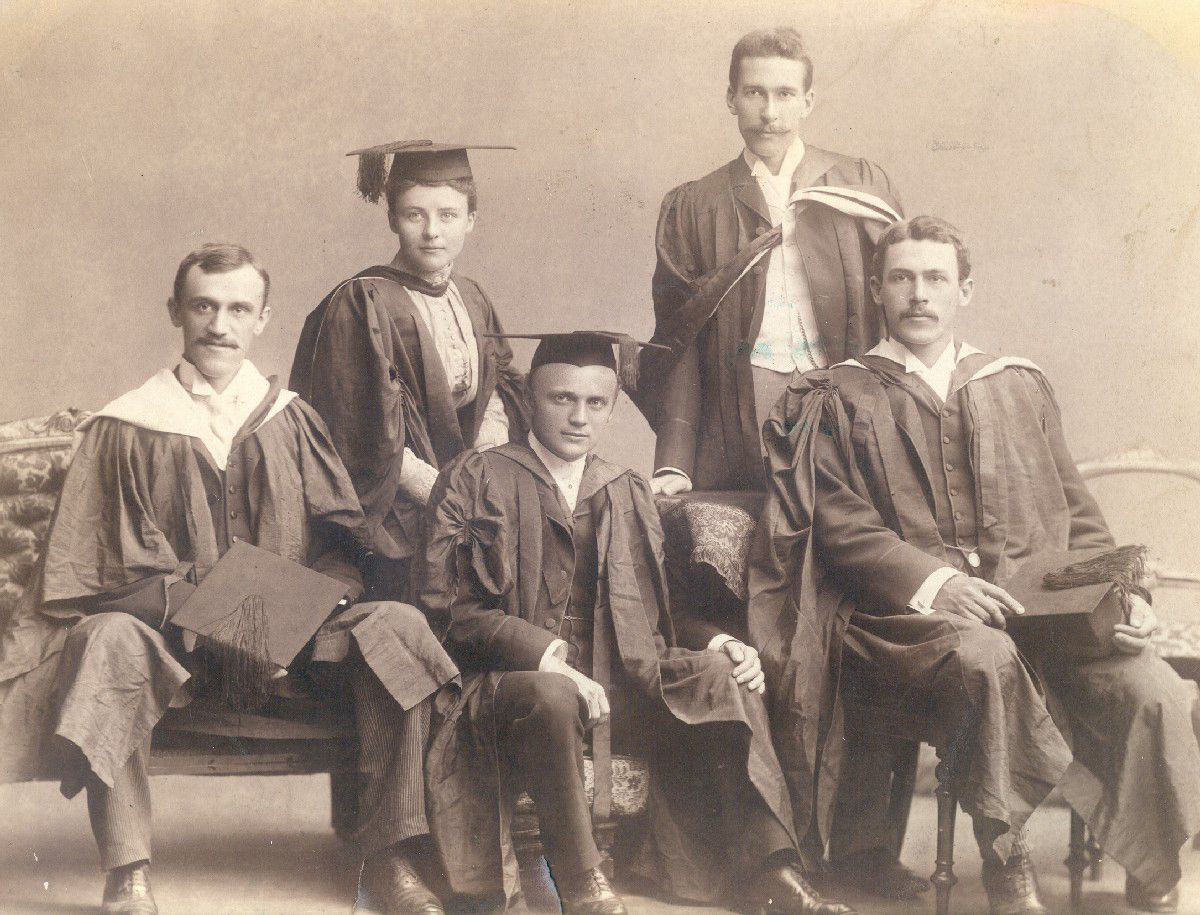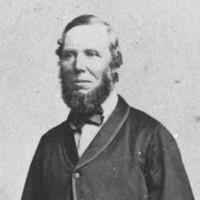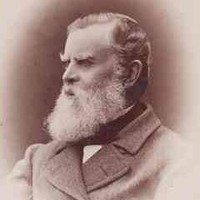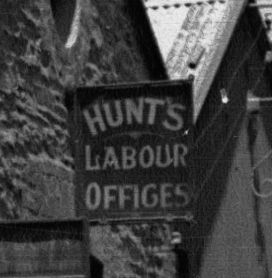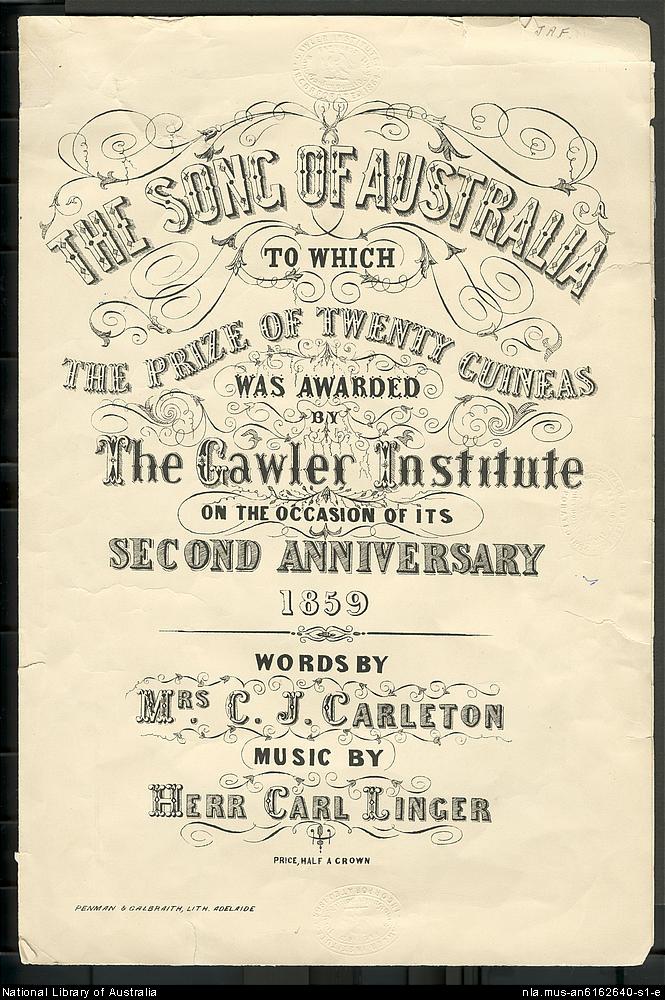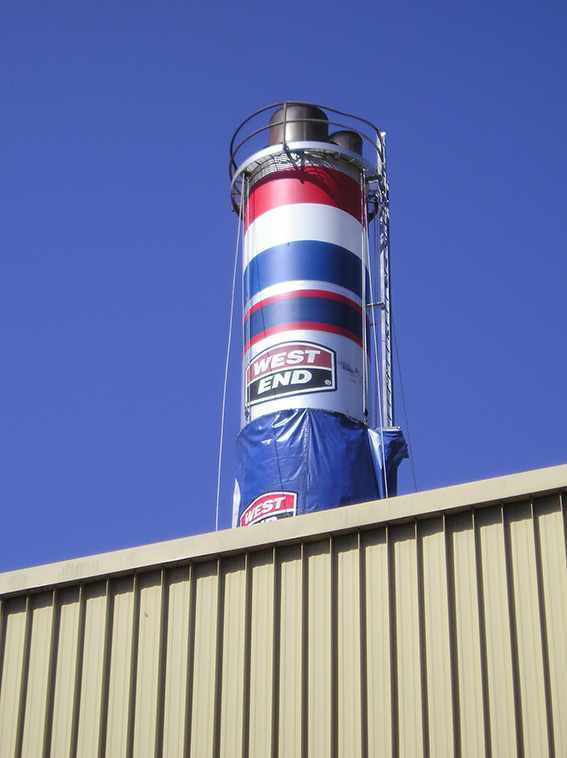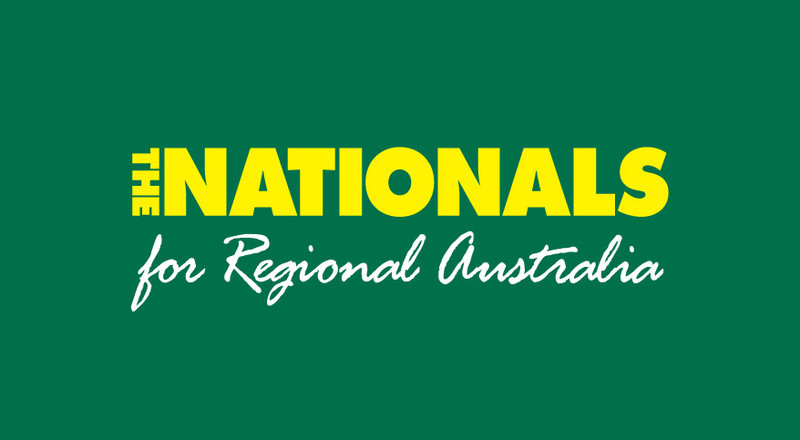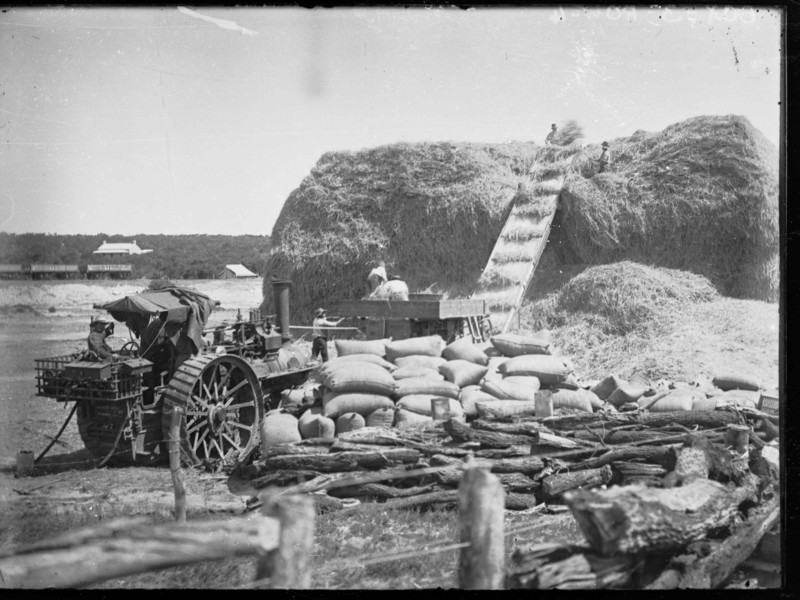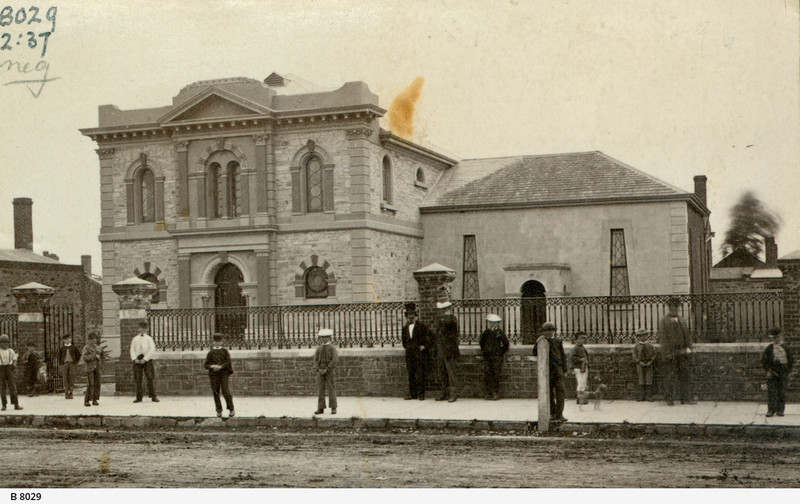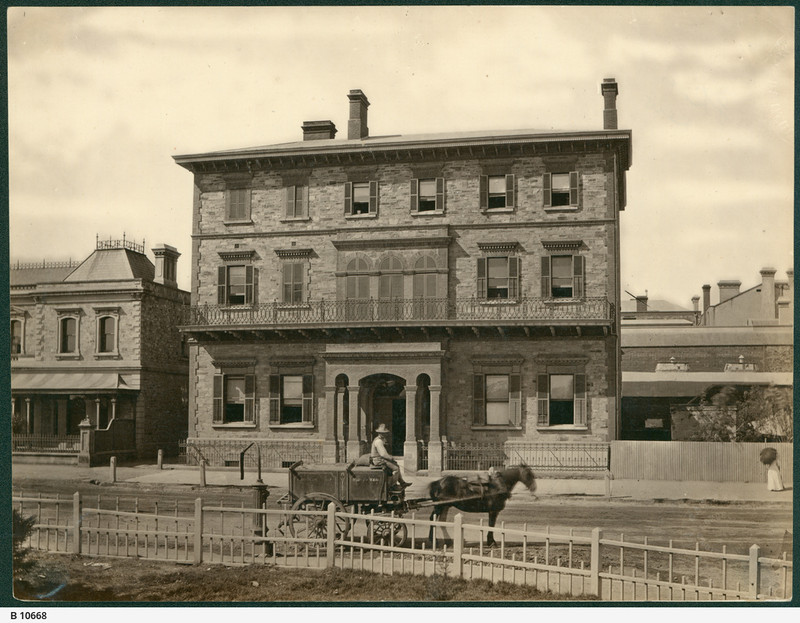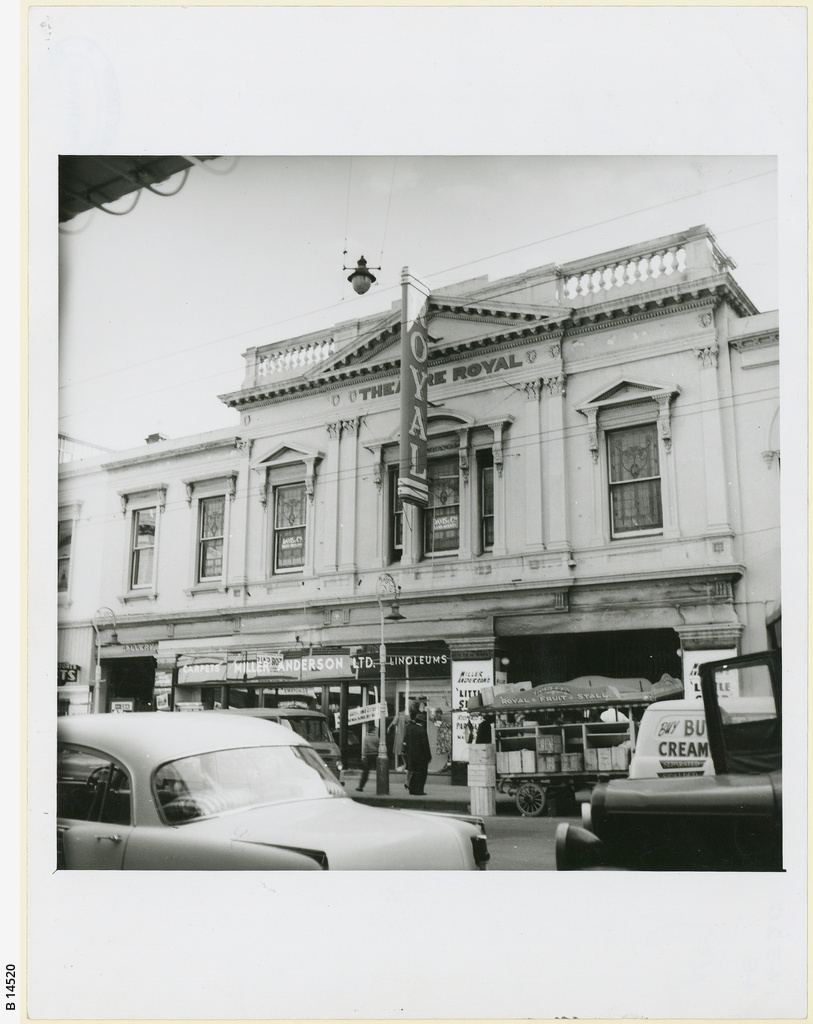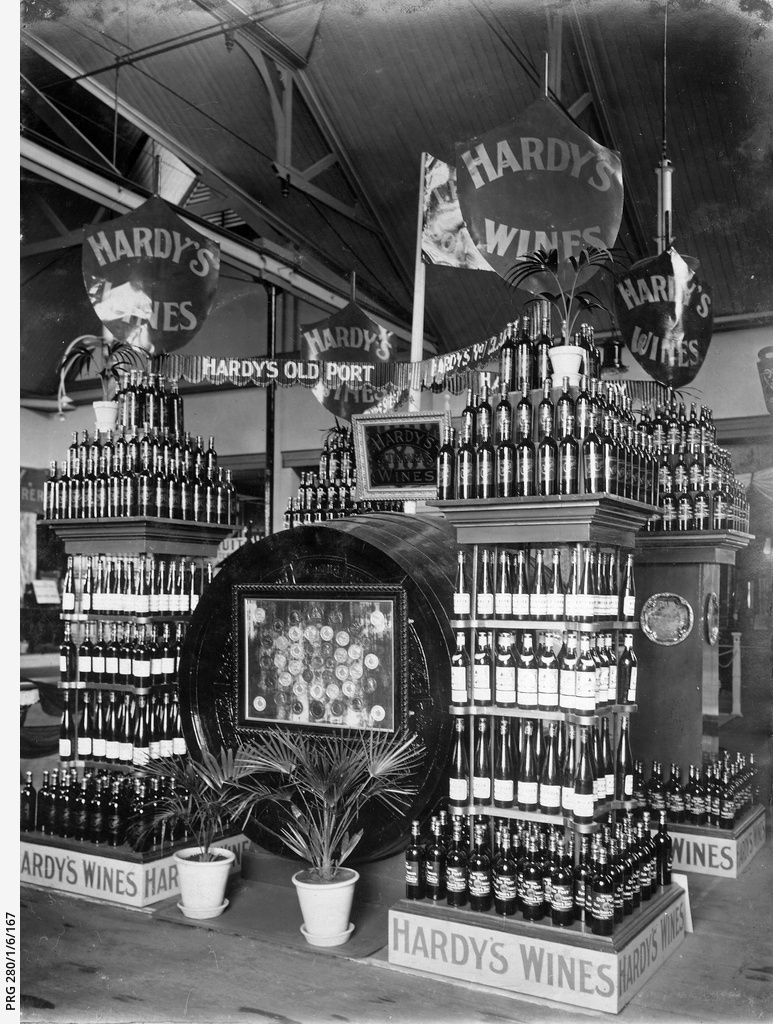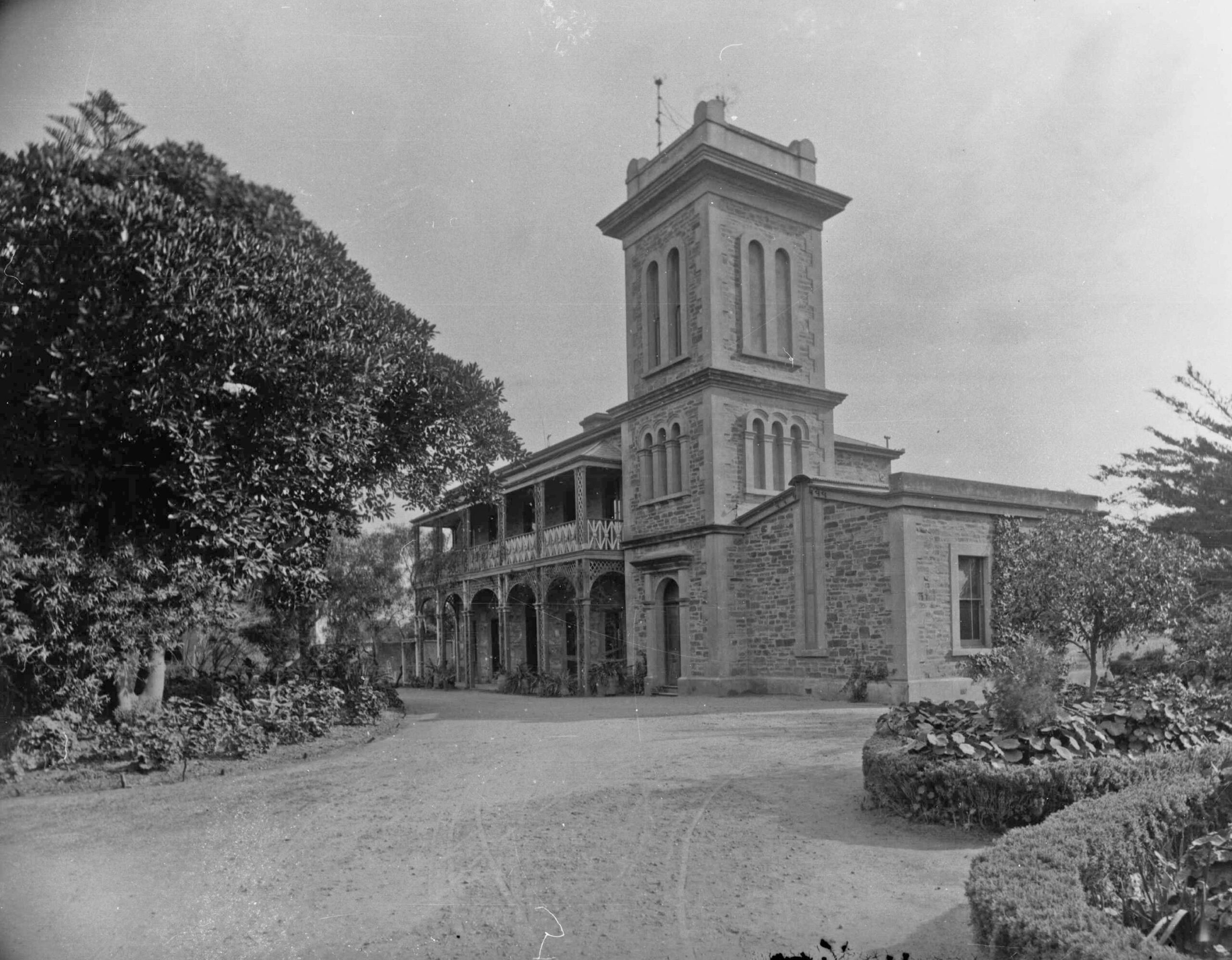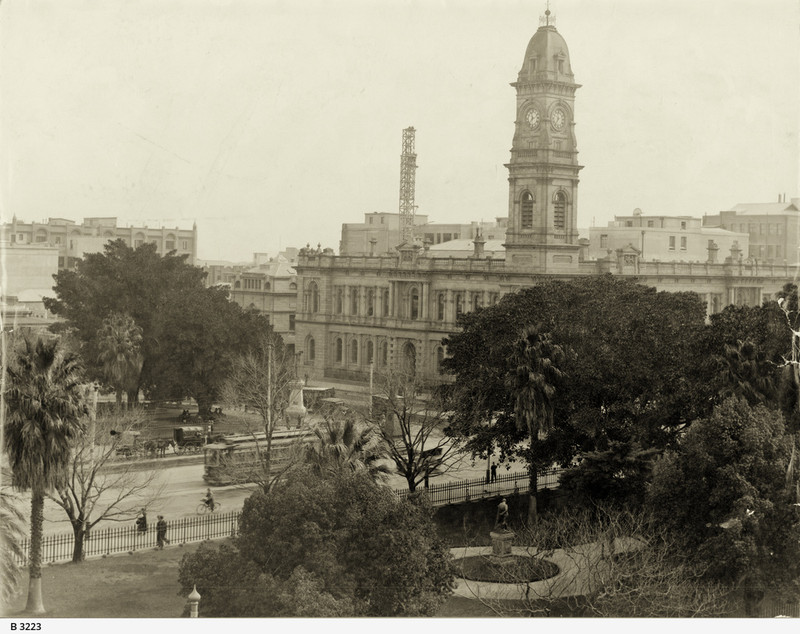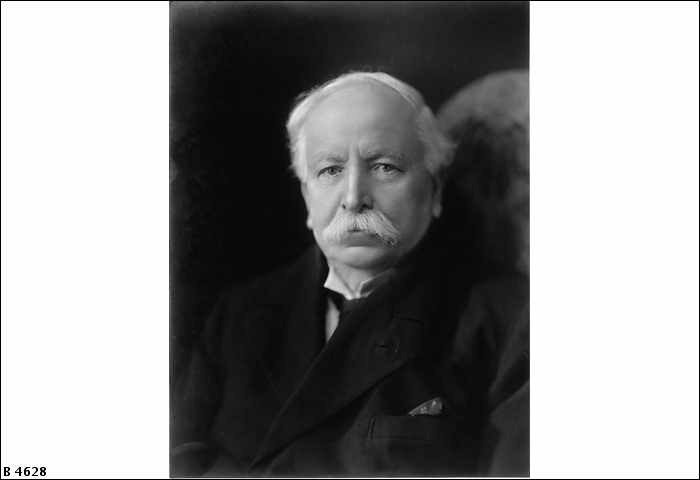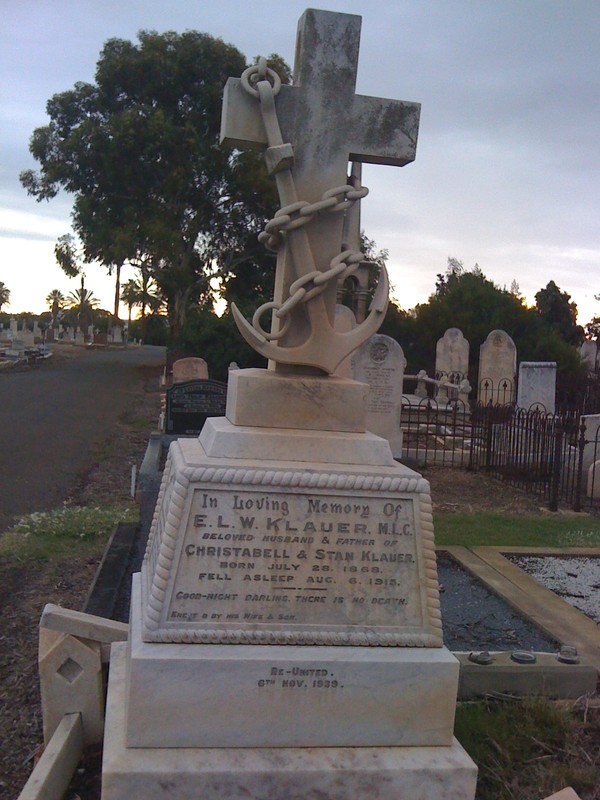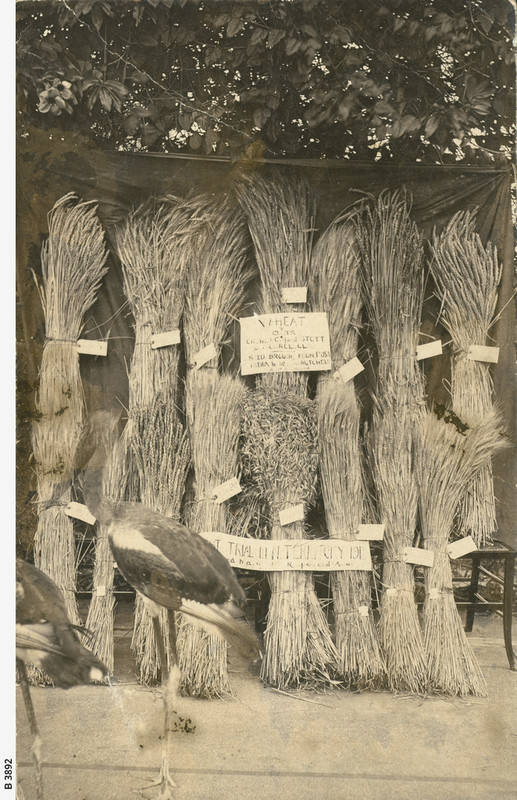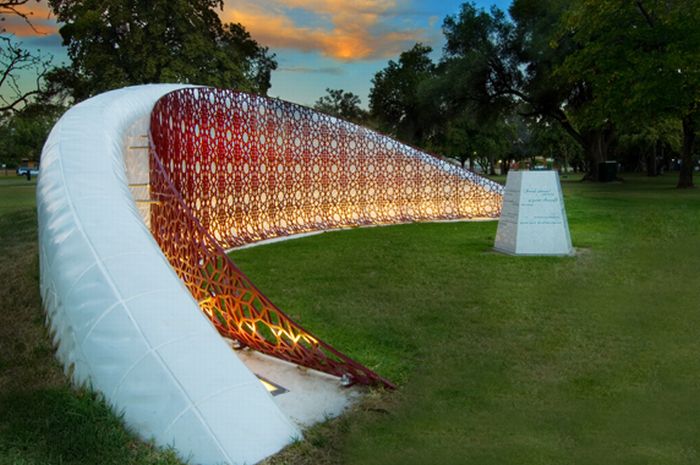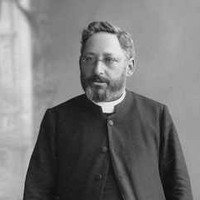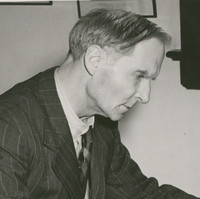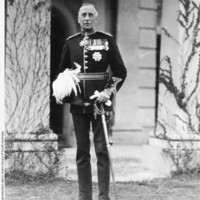-
River Murray
The River Murray has been central to South Australia’s existence. Named in 1830 by Charles Sturt after Sir George Murray,…
-
Roads
This is the story of how an efficient road system was created in South Australia
-
Robert Barr Smith
When Robert Barr Smith died in 1915 at the age of 91, long obituaries extolled his role as an astute…
-
Royal Adelaide Show
The Royal Adelaide Show has become the annual meeting place for country and city.
-
Rundle Street
Rundle Street has been a centre of shops and arcades, theatre and cafes, as well as acrimonious debate
-
Saint Mary’s Dominican Convent and School
Saint Mary’s Convent and School is one of several historically significant Catholic church buildings and religious community residences based on Franklin Street and…
-
Saint Patrick’s Church
Saint Patrick’s Church on Grote Street is one of several historically significant Catholic church buildings in the southwest corner of…
-
Sarah Young
Sarah Jane (Jeanna) Young (née Foster) (1866–1955), inspired by Catherine Helen Spence, became secretary of the Effective Voting League (1897),…
-
Science
Before and after the arrival of Europeans, Aboriginal peoples had a well-developed cultural understanding and practical knowledge of plants, animal…
-
Sir Samuel Davenport, KCMG
Samuel Davenport was born at Shirburn, Oxfordshire, England, on 5th March 1818, the son of banker George Davenport and his…
-
Sir Walter Watson Hughes
Shortly before his death on New Year’s Day, 1887, Walter Watson Hughes wrote to his nephew, ‘I have been a…
-
Song of Australia
‘Song of Australia’ became the accepted national song in South Australia and, for a time, throughout Australia.
-
South Australian Brewing Co. Ltd
Still brewing strong: Lion’s West End Brewery at Thebarton.
-
South Australian National Party
The National Party: A changing party in a changing political, social and rural environment
-
Synagogue Place
Synagogue Place, named after the Synagogue built in 1850, has been the centre of the Jewish community in South Australia…
-
Temperance
The temperance movement saw the abolition of alcohol as a cure for society’s ills – and also believed it was…
-
The Adelaide Club
Modelled on the gentlemen’s clubs that proliferated in London from the eighteenth century, the Adelaide Club resembles bodies established at…
-
Theatre
South Australia’s theatrical beginnings were commercial and entrepreneurial: trade as much as art drove public houses and performance together.
-
Thomas Hardy
Thomas Hardy lectured and wrote on the wine business and olive growing, was a member of the Phylloxera Board, Wine…
-
Time
Within a year of settlement, Adelaide’s residents were synchronising their timepieces by a bell rung in North Terrace near West…
-
Unitarians
Originally a liberal religious faith without dogma or creeds, Unitarians now emphasise the importance of free inquiry, tolerance of religious…
-
Victoria Square/ Tarntanyangga
Victoria Square, named after Princess Victoria (later Queen Victoria) in 1836, is the central and most significant of Adelaide’s squares.
-
Viticulture
The growing of grape vines dates from the earliest years of European settlement in South Australia.
-
Wealth
In South Australia, the prime key to wealth has been land. From its inception as a European colony, ownership (or…
-
West Terrace Cemetery
West Terrace Cemetery reflects the early population groups of Adelaide, and is a popular destination for tour groups.
-
Wheat
The story of wheat is more than the story of a versatile food grain. In South Australia, the history of…
-
Whitmore Square
Vibrant Whitmore Square continues to serve its diverse community in the southwest corner of Adelaide



